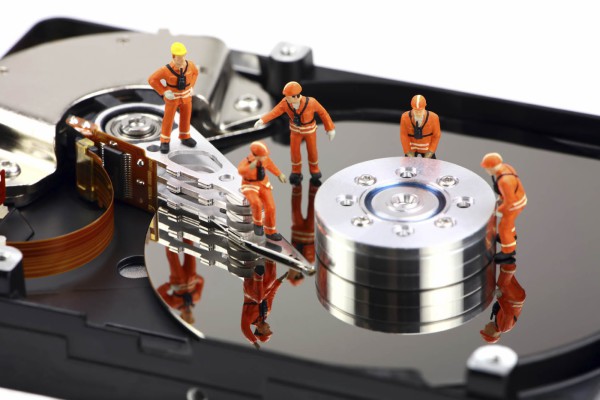Many companies make the decision to hire outsourced IT providers, but they may not know where do they need to start. It is important to understand why we need to outsource our IT capability. As an example, our companies could be dealing with too much downtime or our server room is woefully outdated. Employees could also be complaining that their machines are inclredibly slow and it is difficult for them to get their work done. In some cases, companies could outgrow their IT solutions and it is important to migrate to more comprehensive technology.
There are literally thousands of reason we might need help. However, it is essential for us to properly narrow down any pain points. This should allow us to have a starting position on where we should expand our knowledge and expertise.
Each business could receive minimum standard services from their internal IT department. In this situation, it is probably important to outsiurce the IT capability to improve services and solutions. As an example, IT consumtants could provide our business with true disaster recovery stsem and back-up solutions. This will ensure that our whole network will be backed up properly.
When disaster strikes, a large amount of data can be recovered, saving us much time and monet. It should be noted that there are some outsourcing providers who undercut prices, so they can provide back up data at much less that we hope for. These solutions may not represent real disaster recover solutions, because catasthrophic data loss occur, less data can be recovered and we may need to spend more time t recover it.
Data loss in our company could happen due to a number of reasons, such as disasters, theft and human error. When businesses discover that their data can’t be recovered using standard methods, it would be necessary to rebuild the data and this could take weeks or even months. For some businesses, this could equal to the loss of hundreds of thousands of dollars.
A true back-up and disaster erciver system should include a physical, dedicated server that is placed inside our company or a remote server farm.It should have a type of software that continuously captures snapshots of our whole network’s data traffic. In fact, data recovery servers could also works as temporary server, if our primary network servers go down. During disaster situation, our IT team could virtualize the failed servers to recover some of the data when necessary.
This could be considered as a type of redundancy and there’s no need for us to reinstall any kind of software. In fact it may take less than 30 minutes to recover data from the recently paralyzed network and we could be back in business in a very short time. When the data recovery server is utilized, we could fix issues with the primary servers and full images can be transferred between them seamlessly. Even if all primary servers are destroyed in flood or fire, a true data recovery server placed in different areas could already store much of our data.



